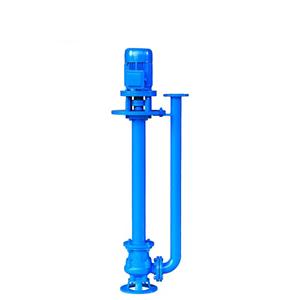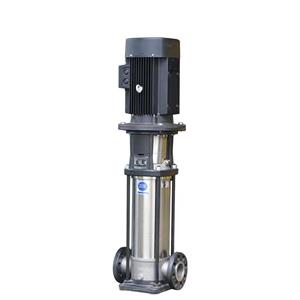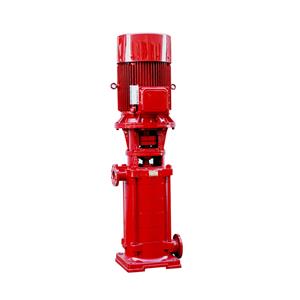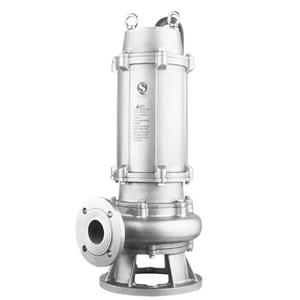Self - Priming Pumps in Football Field Irrigation
Self - Priming Pumps in Football Field Irrigation
A small - scale football field in Riverdale has opted for self - priming pumps for its irrigation system. This field, mainly used by local youth teams, benefits greatly from the convenience and functionality of self - priming pumps.
Characteristics of Self - Priming Pumps
Self - priming pumps are engineered to automatically evacuate air from the suction line and prime themselves without the need for manual intervention. In the Riverdale football field, this feature is incredibly useful as it enables easy and quick startup of the irrigation system. The pump has a built - in mechanism, such as a special impeller design or a priming chamber, that enables it to create a vacuum and draw water into the pump. It can achieve a self - priming height of 4 meters, which is sufficient for the field's water source, a shallow well. The pump also has a relatively simple structure, making it easy to maintain and repair, which is essential for a small - scale operation with limited technical resources.
Performance Requirements
For the Riverdale football field, the self - priming pump needs to provide a consistent flow rate to ensure uniform irrigation. The flow rate requirement is 20 cubic meters per hour, which can adequately water the entire field. The pump should be able to operate at a relatively low head, as the field is flat and the sprinkler system doesn't require a high - pressure water supply. Reliability is also key, as the field is used regularly, and any breakdown in the irrigation system could impact the quality of the grass. The pump should be able to start and stop multiple times a day without issues, ensuring that the grass receives the necessary amount of water at the right times for healthy growth.
Installation Considerations
Installing the self - priming pump at the Riverdale football field began with choosing a suitable location near the well. The pump was installed on a stable platform, which was raised slightly above the ground level to prevent waterlogging. The suction pipe was carefully connected to the well, ensuring a tight seal to prevent air leakage. Since self - priming pumps can be sensitive to the length and diameter of the suction pipe, the pipe was sized according to the pump's specifications. A check valve was installed on the suction line to prevent backflow of water when the pump stops. The discharge pipe was then routed to the sprinkler system, and pressure - regulating valves were installed to control the water pressure and ensure even distribution of water across the field, guaranteeing optimal irrigation for the grass.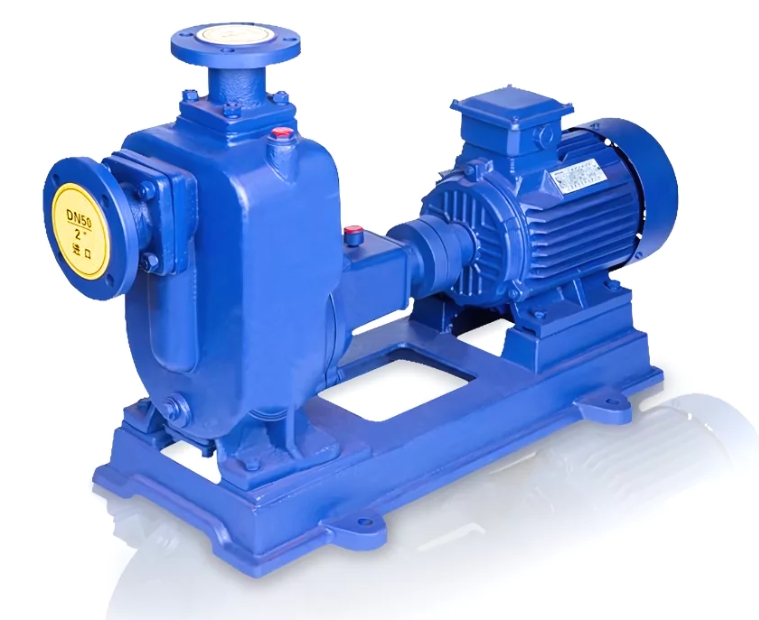

Get the latest price? We'll respond as soon as possible(within 12 hours)
more products
News
Featured Products
Contact Details

